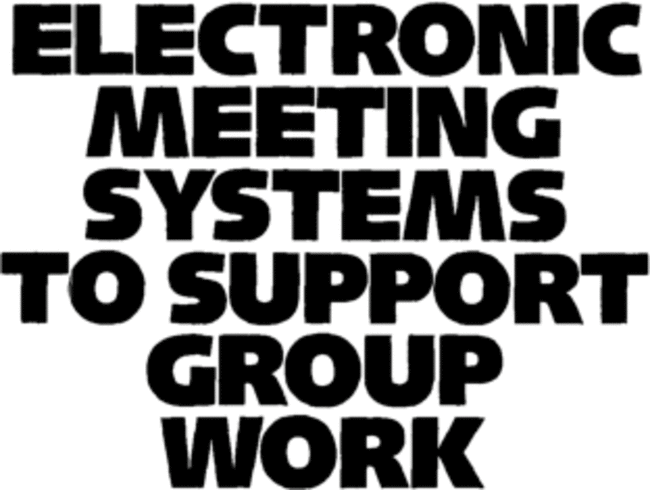Cited By
View all- Füllbrunn SDuchêne SJiao P(2024)Experimental Sustainable Finance SymposiumSSRN Electronic Journal10.2139/ssrn.4818198Online publication date: 2024
- Hosseinkashi YTankelevitch LPool JCutler RMadan C(2024)Meeting Effectiveness and Inclusiveness: Large-scale Measurement, Identification of Key Features, and Prediction in Real-world Remote MeetingsProceedings of the ACM on Human-Computer Interaction10.1145/36373708:CSCW1(1-39)Online publication date: 26-Apr-2024
- Hautasaari AAramaki MChujo RNaemura T(2024)EmoScribe Camera: A Virtual Camera System to Enliven Online Conferencing with Automatically Generated Emotional Text CaptionsExtended Abstracts of the 2024 CHI Conference on Human Factors in Computing Systems10.1145/3613905.3650987(1-7)Online publication date: 11-May-2024
- Show More Cited By




